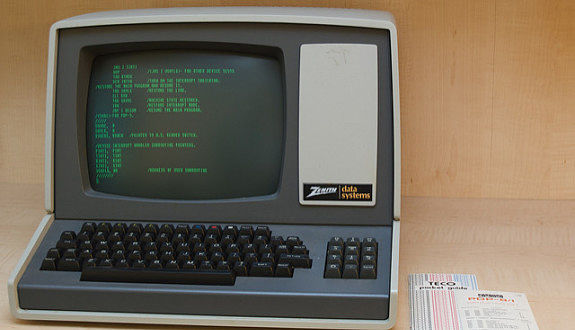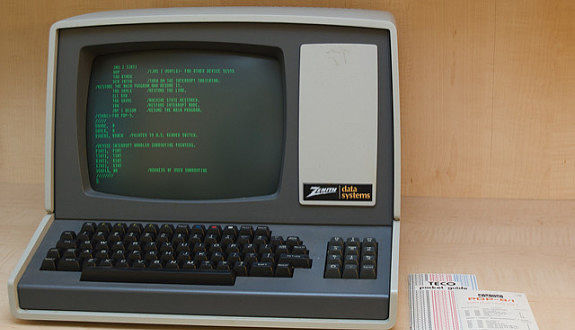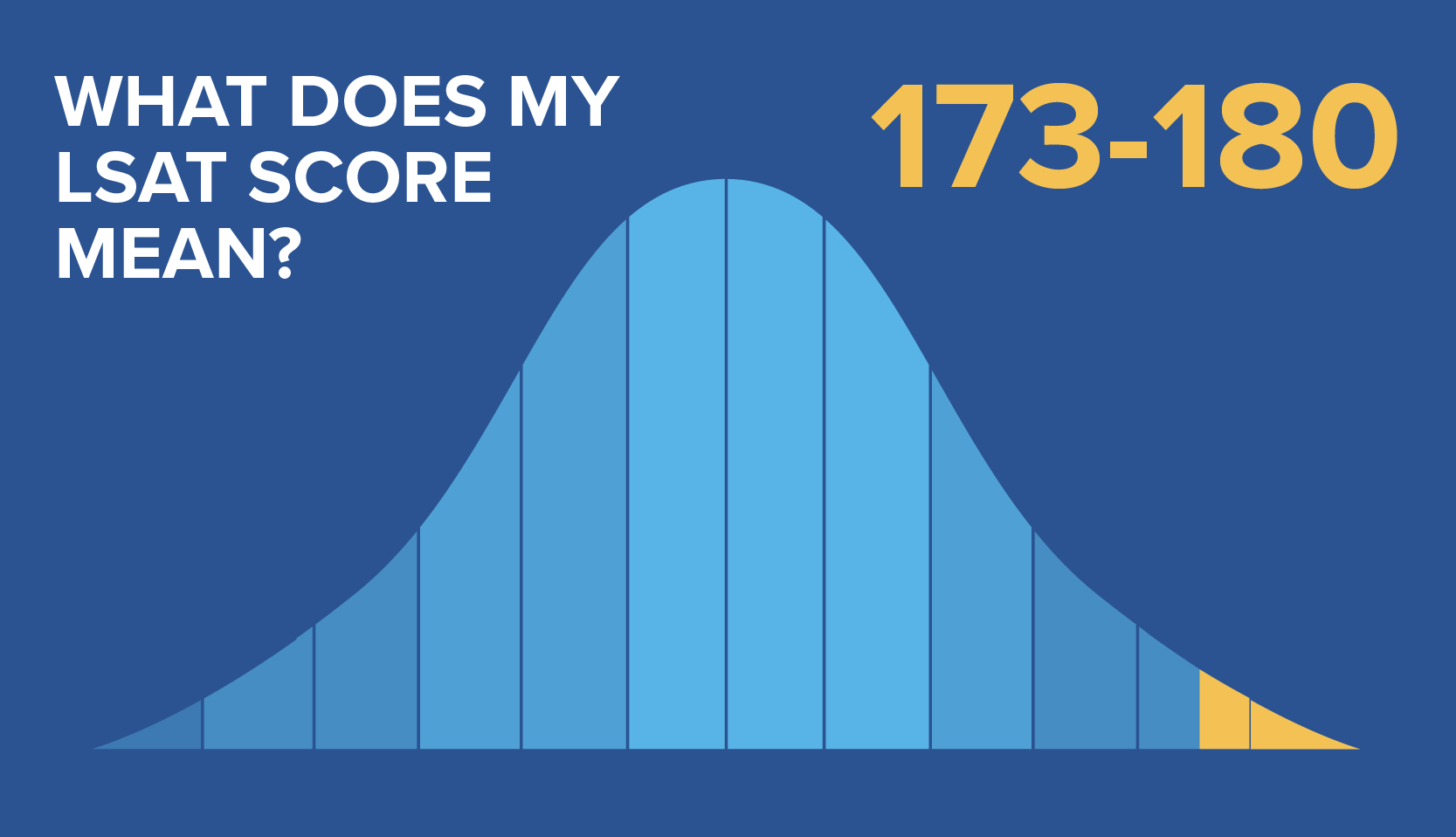
Hey Future Lawyer! Are you completing the LSAT Writing Section (now known as LSAT Argumentative WritingSM ) after July 31, 2024? Click here to learn all about the new format and how to complete it!
You’ve undoubtedly been diligent in your LSAT prep, completing hundreds of practice LSAT questions and taking a few practice exams. One thing that you may have neglected in your LSAT studies up to this point is the LSAT writing sample.
But we wish to leave no stone unturned and no LSAT section left unexplained. Moreover, you won’t even receive your LSAT score if you don’t have a writing sample on file. So let’s take a quick moment to discuss the writing sample.
First, the LSAT Writing section is not just a sample of your writing skills. Second — and much more importantly — you will not complete this section on test day or at your test center. Instead, you get to go home early and, on a later date, do the writing section from the comfort of your home.
In fact, LSAT Writing opens up eight days before your LSAT test date, so you can get it out the way sooner. Also, instead of having to actually handwrite out the essay like some dang Luddite peasant, you get to type it out on a laptop or desktop computer, using exam software that LSAC will provide.
So with these details in mind, here are step-by-step instructions on how to best conquer the new LSAT Writing sample section.
1. Clear the Space
If LSAC is going to let you use your home to do the writing section, it’s going to want to make sure your home is an appropriate writing section venue. So, with respect to the security requirements, they’re going full-Mafioso.
Before taking the writing section, they’re going to pat you down—figuratively, of course.
You’ll also want to make sure your computer meets the tech requirements. We’ve broken those down, as well as what isn’t allowed during your remote LSAT exam here.
Before you begin writing, you’re going to have to complete a video check-in process, according to LSAC. Your webcam and microphone will automatically turn on and record you upon logging into the exam software. The entire 35-minute section will be recorded.
You’ll display your ID to the camera and show that both sides of your scratch paper are blank. Then you’ll take the webcam on a virtual tour around your room to show that you’re alone and that there isn’t anyone hiding away, lying in wait to provide vital assistance in the writing section.
So before you even log on, clear the space of any roommates, stowaways, squatters, latchkeys, and the like. Make sure to check under your bed for monsters and the sort.
2. Relax
LSAC’s Nixon-in-’71-level of paranoia aside, it’s important to take a moment to remind yourself that the writing section really isn’t a big deal. You have to do it, sure.
However, it won’t affect your LSAT score. And, yes, the admissions officials who view your application will have a copy of your writing sample. But it’s the least important part of your application. The admissions official will, in all likelihood, do a cursory read-through of your essay to make sure you followed the directions, more or less, and can write coherent sentences.
So, take a breath, and remind yourself that this isn’t a big deal. And then get to work.
3. Read the Prompt
First things first, you have to read the prompt. But these prompts are always the same.
It will tell you that you must make an argument for one of two mutually exclusive options. They’ll describe what these options are. You will also be given two criteria to consider when making the argument. Then, you’ll be given a series of facts about both options that you can reference to support your argument.
4. Make an Outline
After reading the prompt, use that scratch paper to make a quick outline.
Write out the two options, the two criteria, and a “pros” and “cons” list for each option. Using the facts described, jot down some reasons why option 1 is better. And then some reasons why option 1 is worse.
Do the same for option 2. Make sure these pros and cons are related to at least one of the two criteria the prompt described.
Then, simply pick one of the two options to advocate in your essay. The facts provided should be roughly balanced, so there isn’t a “right” answer. Just pick the option you feel more passionately about.
Or, failing that, choose one arbitrarily. Don’t do anything crazy, like make up some third option. Or write about how we should actually try to do both options. You’re not a political pundit. Just pick one and go with it.
5. Write Your Intro Paragraph
When you’re done outlining, you can begin writing. The first thing you write should be the intro paragraph or intro sentence. The first sentence should just be you telling the reader which option you’ll argue for.
“In order to eat both a nutritious meal and experience pleasurable taste sensations, Augustus would be well-advised to eat at the salad-themed Kale-in Me Softly rather than at the Southern restaurant 2 Legit 2 Grit.”
That’s it.
(This made-up example is only moderately denser than the real example that you’re likely to get.)
6. Write the First Body Paragraph
The first body paragraph should explain why the option you chose will better advance the first criterion.
Make it short. Three to five sentences are all you need. And only use the facts the prompt provided. Don’t add anything or use any outside knowledge.
To help you write this paragraph, look at your outline and include the pros of your option and the cons of the other option. If you can, explain why the cons of your option aren’t that big of a deal, and why the pros of the other option aren’t that impressive.
“Kale-in Me Softly will provide Augustus with a much healthier meal. Although 2 Legit 2 Grit has introduced healthier, vegan options in the last year, most items are still laden with unhealthy fats, sugar, and carbohydrates. On the other hand, Kale-in Me Softly features a number of low-carb and low-fat entrees for Augustus to choose. Although some of Kale-in Me Softly’s dressings have been criticized by health fanatics as ‘too sugar-y,’ the sugar-free dressings are clearly labeled on the menu, and will be easy for Augustus to select.”
7. Write the Second Body Paragraph.
Onto the second body paragraph. This one should just describe why the option you chose will better advance the second criteria.
Again, make it short, and emphasize the pros of your position and the cons of the other position.
“Southern food may be one of America’s culinary treasures, but Augustus will still have a more delicious meal at Kale-in Me Softly. Local food critics have described many entrees at 2 Legit 2 Grit as ‘pedestrian’ and ‘underwhelming.’ The same critics have lauded Kale-in Me Softly’s ‘innovative’ and ‘creative’ combination of fruits, vegetables, and proteins. Further, Kale-in Me Softly allows its customers to customize their salads, which will allow Augustus to choose the ingredients he enjoys the most.”
8. Write the Conclusion.
Finally, write the conclusion. This should just restate the introductory sentence.
“In conclusion, eating at Kale-in Me Softly will provide Augustus with a more nutritious and delicious meal.”
Almost done…
9. Hit Submit
Now you’re done!
Once you submit, you need to wait for your LSAT Writing sample to be verified by LSAC. This can take a few hours to a few days, which is why it’s incredibly important to complete the writing section well before the LSAT score release date. You don’t want your score release to be held up just because LSAC hasn’t gotten around to verifying your sample.
And that’s it! You don’t have to complete a new LSAT Writing sample every time you take the LSAT. One is all you need.
Bonus: Make a Shrine
It’s nice to complete the LSAT Writing sample section at your home. But, since it’s your space, you can gussy it up to make it even more conducive to writing section success. Your essay should be short and to-the-point, so why not make a shrine of writers famed for their brevity and concision?
A makeshift sanctum featuring the faces of Ernest Hemingway, Raymond Carver, Stevie Smith, Herman Hesse, Haruki Murakami, and Rupi Kaur should bring the right writing section vibes.
LSAT Writing Sample Example
Before you jump into writing your no-doubt brilliant essay, it’s worthwhile to take a moment to pull the prompt apart to isolate a few key pieces of information.
- Identify the two criteria that need to be considered.
- Identify the pros and cons of both possible courses of action with regard to those specified criteria.
- Since either course of action is acceptable, weigh the pros and cons for each course and choose the side you’d best like to defend.
So, with all of that theory out of the way, let’s work through an example of an LSAT Writing sample section prompt.
Prompt
The executors of the estate of a late, famous author recently found the manuscript of an unfinished novel among the author’s papers. They must decide whether to publish the manuscript or donate it to a university library.
In order to avoid unfortunate comparisons between a heavily-edited published version and the original manuscript, they will not do both. Write an argument for choosing one option over the other based on the following considerations:
- The executors want to preserve the author’s reputation as a literary genius.
- The executors want to maximize interest in the author’s work among both scholars and the public.
Critics who have read the manuscript agree that the work is intriguingly experimental but that it is not among the author’s best. If the novel is to be published, it will require heavy editing to make it seem complete. Its style differs greatly from that of the author’s most popular novels, so it is unclear how well the novel will sell.
Most of the author’s other novels have stayed on the bestseller list for months after publication, but it has been more than a decade since her last work was published. The publisher promises a large printing, wide distribution, and an aggressive marketing campaign.
If the work is published, the executors will sell the original manuscript to a private collector who would not allow it to be copied or viewed by scholars.
Scholars have voiced a strong preference for access to the unedited manuscript. One prominent scholar has expressed dismay at the publisher’s intention to alter the original manuscript in order to make the novel marketable.
If donated, the manuscript will become part of a permanent display in the university’s library, which is open to the public. Individual copies will be made available for a nominal fee to scholars and any others upon request. The donation of the manuscript to the university would likely revive waning scholarly interest in the author and lead to a new wave of commentaries by literary critics and biographers.
Past commentaries on the author’s life and work have sold well even beyond academic circles.
Response
Donating the book rather than publishing it is more likely to result in increased positive interest while preserving the author’s reputation.
Because the book’s style diverges from the author’s most popular works, publishing it in a traditional book market runs the risk of engendering a negative response and damaging the author’s reputation. By donating the book, however, the public will not be exposed to the work as a conventional novel. Rather, it will be viewed within the context of an incomplete work displayed for scholarly interest.
In addition, because scholarly interest is likely to result in a new wave of commentary, donation will maximize positive interest in the author’s work. While the large printing and wide distribution of the publishing option might arouse more public interest, the fact that it is “not among the author’s best” novels means such a campaign would likely result in a negative reception. When viewed as an object primarily for scholarly interest however, the new commentary will generate public interest while avoiding the disadvantage of tarnishing the author’s reputation.
In conclusion, donating the manuscript to the university library will maintain the author’s reputation as a literary genius while maximizing positive interest in the author’s work. This should accordingly be the chosen course of action.
Breakdown
Paragraph 1: This paragraph is literally one sentence. That said, it is a sentence that clearly lays out the position of the argument that the rest of the essay follows. That’s all an introductory paragraph needs to do, and that’s what we’ve accomplished.
Paragraph 2: The paragraph opens by talking about how the opposite course of action (selling this bizarre book to the masses) will totally conflict with criteria 1 (allowing the public to continue believing that Mysterious Dead Author is a total baller).
They then follow it up by explaining how enacting the chosen option (donating the book to a library) absolutely leads to criteria 1. Short, direct, and simple.
Paragraph 3: There’s a bit more meat on the bones of this paragraph, which is nice for variety.
Ultimately, it meets the goals of what we want this paragraph to do: explain how getting this book into an academic space will increase scholarly interest.
In pointing out flaws with the other course of action (if you let the public read this mediocre book, the author’s reputation might be ruined forever), the paragraph reinforces why donation is the way to go.
Paragraph 4: A functional conclusion. Restate the course of action and assert that this is what should happen. Done and done.
More things could be said about this response. The quality of the prose is, at best, functional. The vocabulary and sophistication of ideas are competent, but not brilliant, and precisely mimic the points made in the prompt itself.
And here’s the thing: none of that matters.
The way to create a successful LSAT Writing sample example is to write a persuasive essay, clear in its point of view, and acknowledges both sides of the argument.
Take the prompt seriously, keep your grammar game tight, and go forth and create concise, competent arguments for whatever scenario the LSAT throws at you.
Have you already taken the LSAT but thinking about retaking it? Schedule a free consultation with an LSAT Advisor to talk through your goals and your LSAT prep options!




